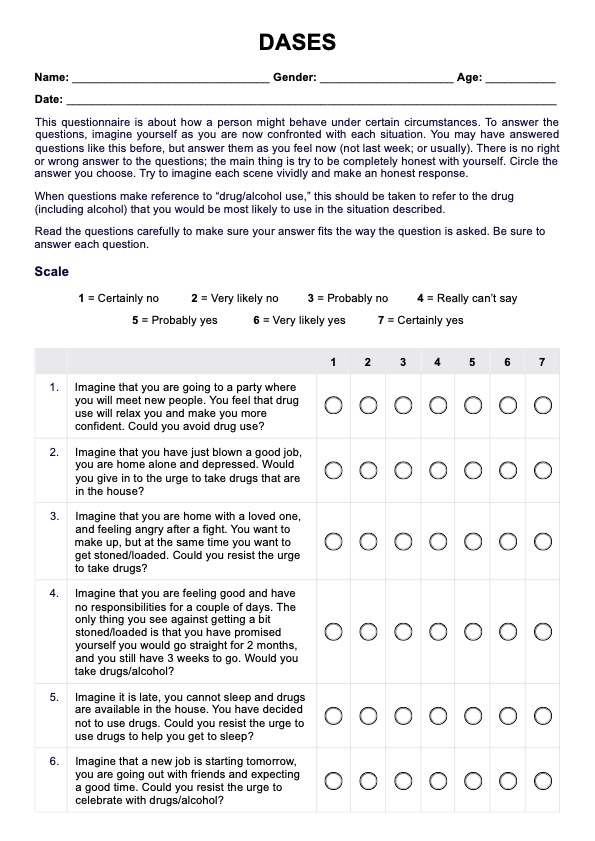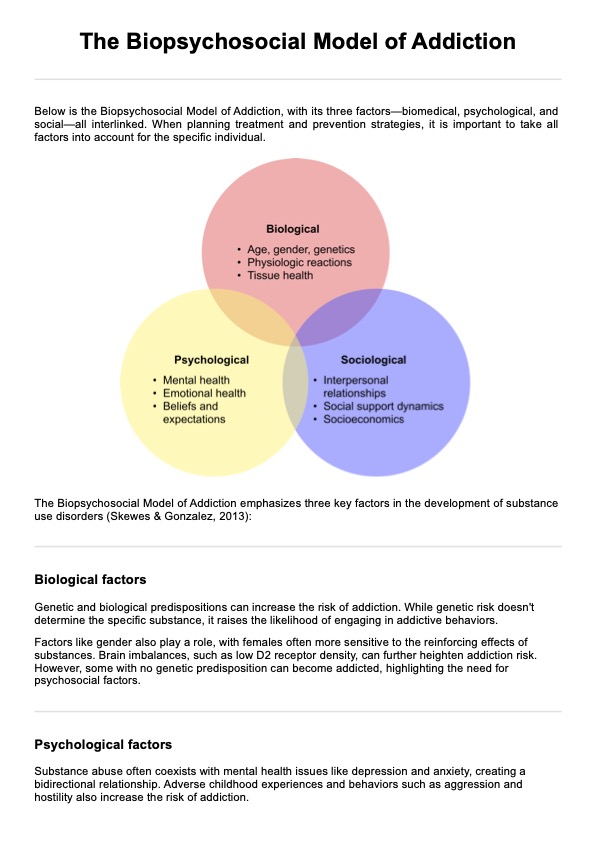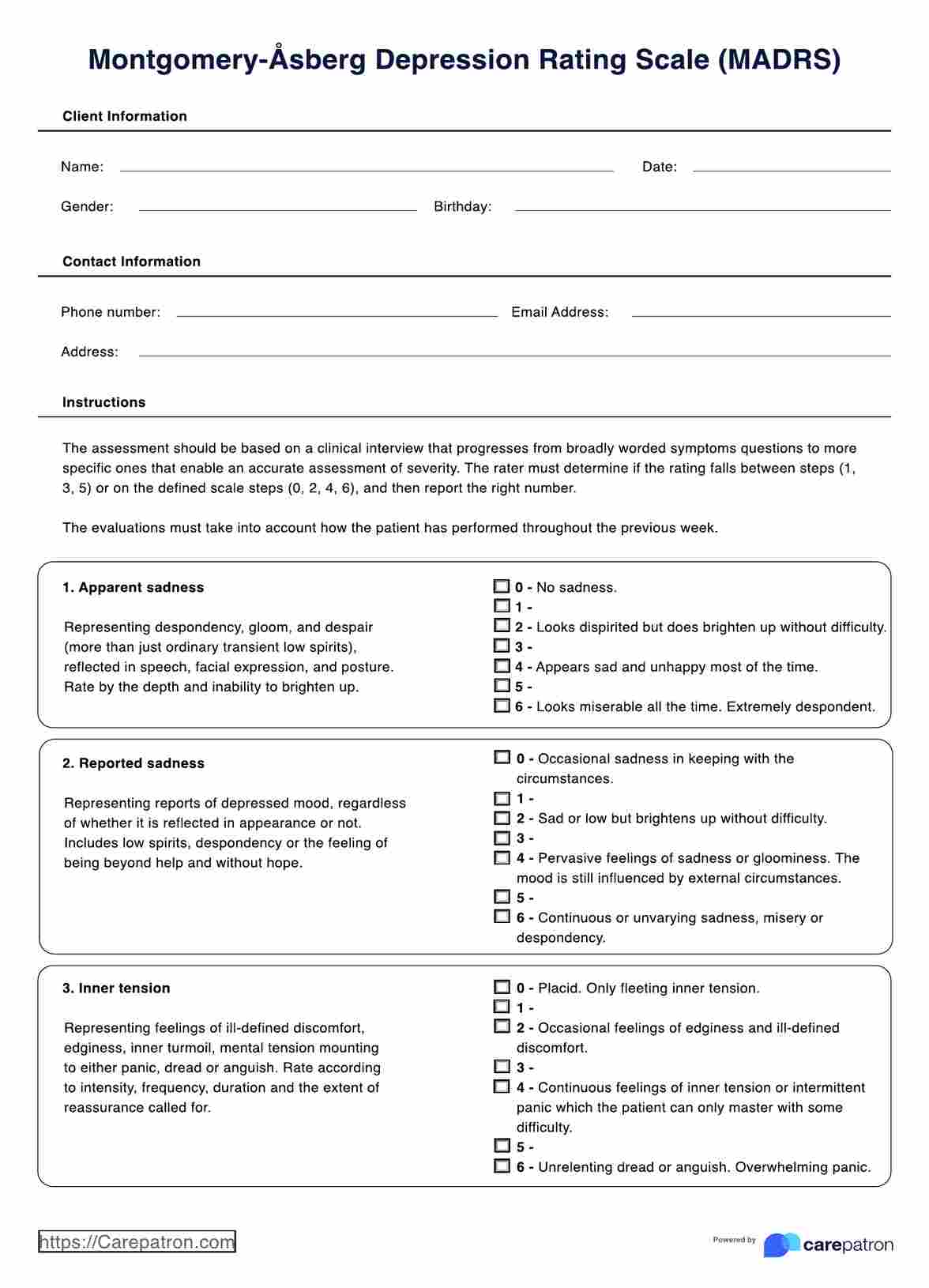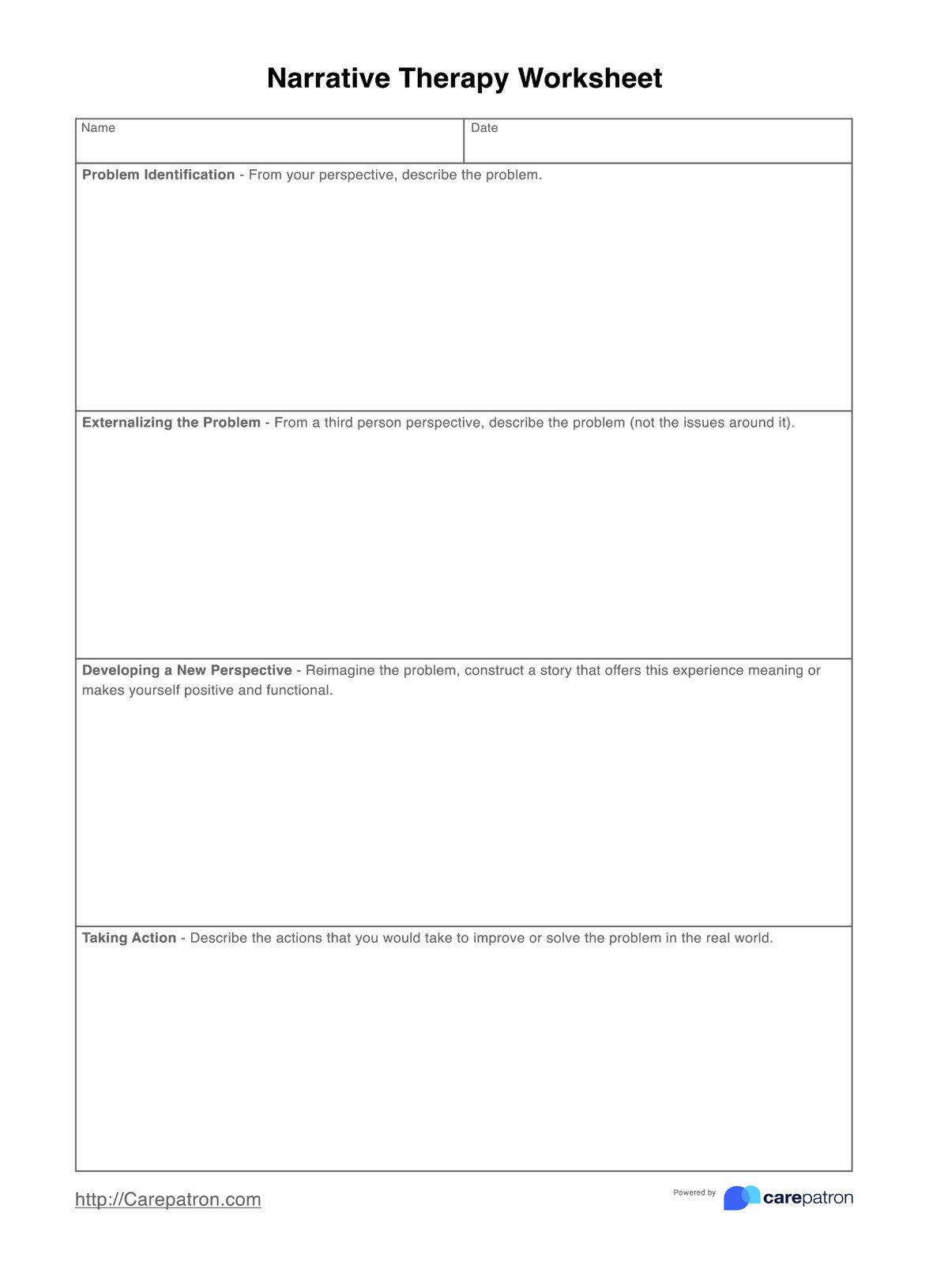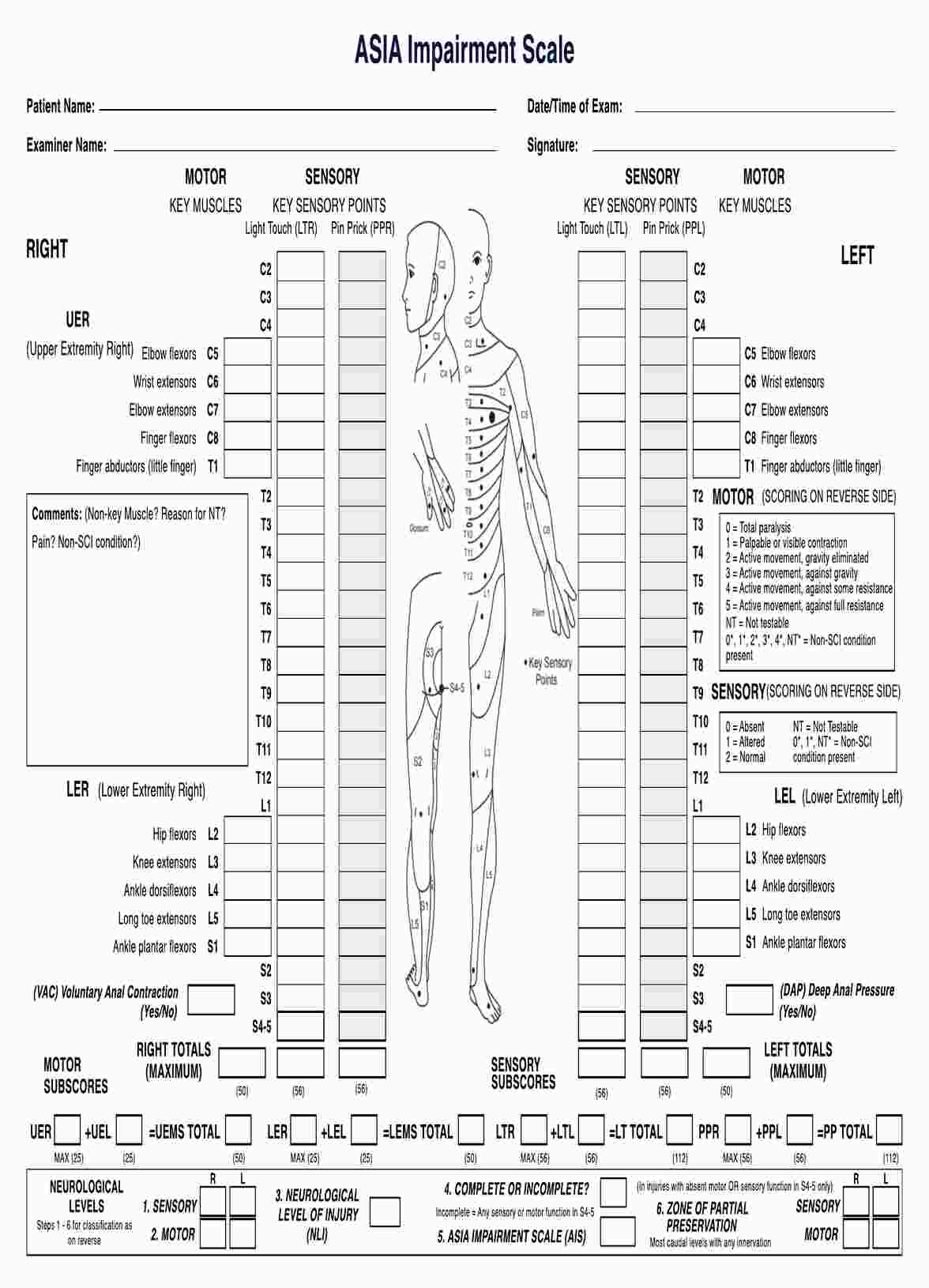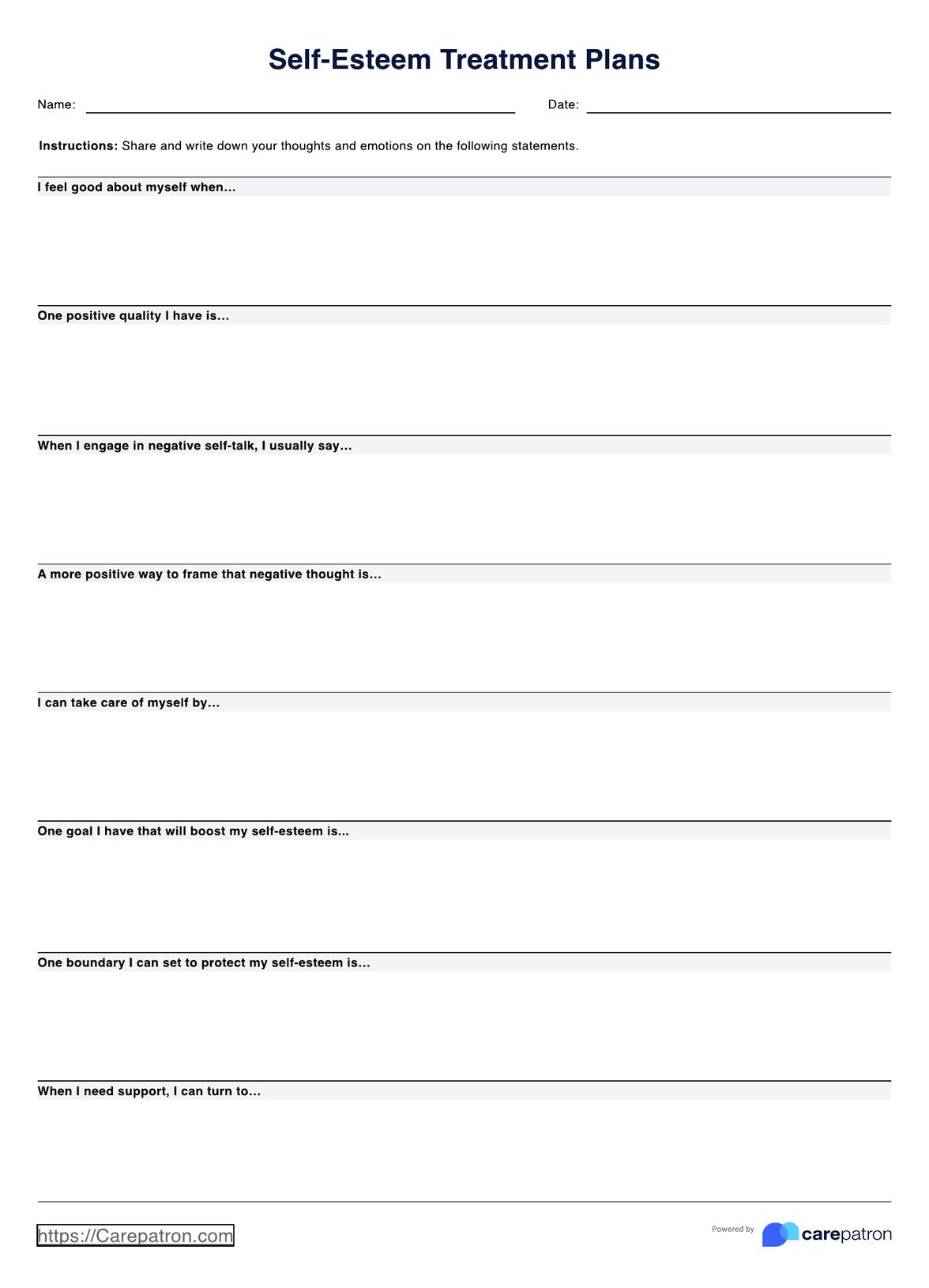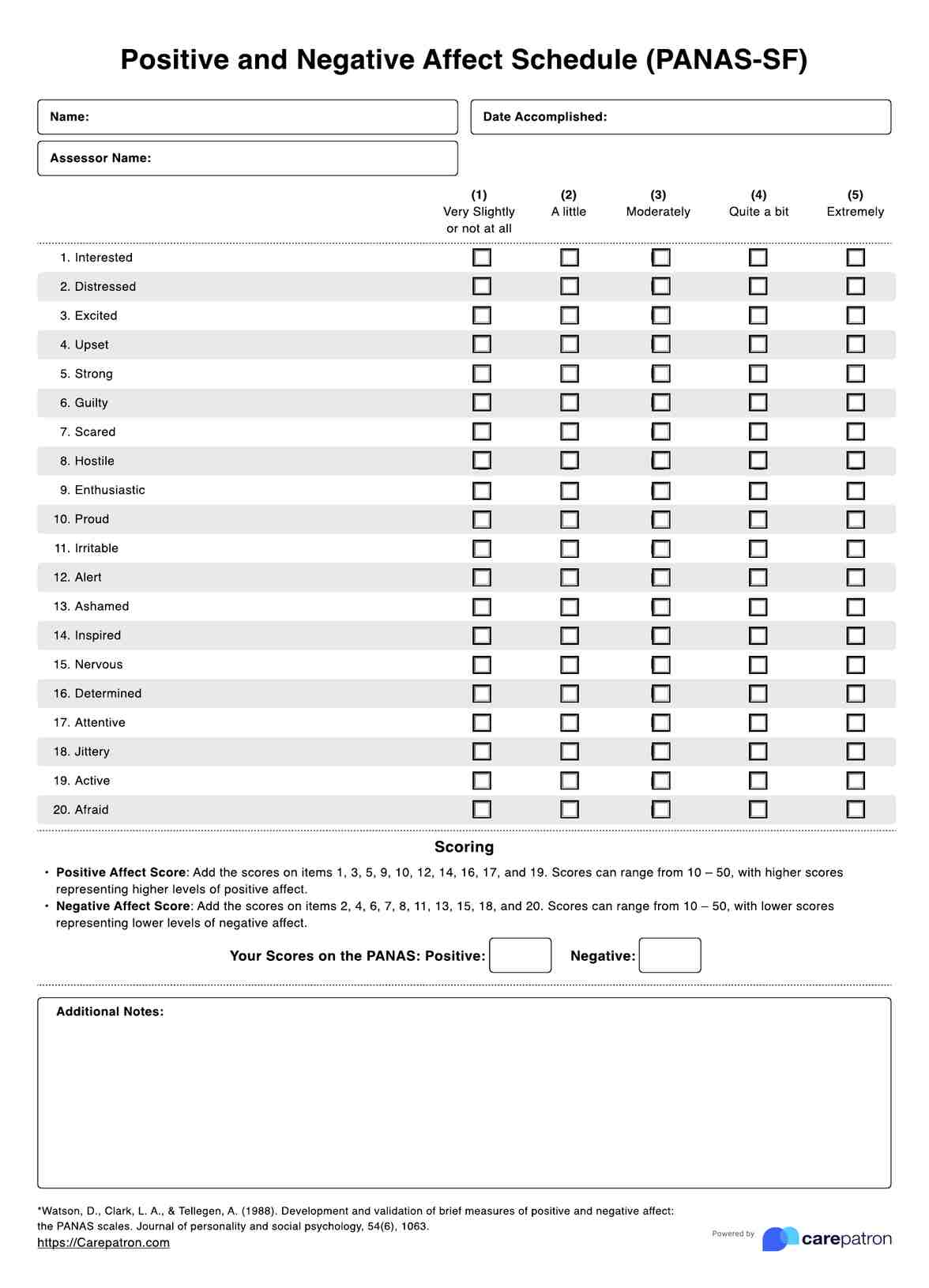Mooring Lines for Avoiding Relapse CBT Worksheets
Discover the benefits of the Mooring Lines for Avoiding Relapse CBT Worksheet for effective addiction recovery and relapse prevention.


What is Cognitive Behavioral Therapy?
(CBT) is a psychotherapeutic method that helps individuals modify negative thought patterns and behaviors to tackle psychological issues.
In substance abuse treatment, CBT emerges as an invaluable tool. It serves as a guiding light for individuals endeavoring to comprehend the cognitive triggers and emotional responses that underlie their drug or alcohol dependence. By gaining insight into these triggers and acquiring healthier coping mechanisms, individuals can extricate themselves from the relentless grip of addiction. A central tenet of CBT is to assist individuals in recognizing and challenging distorted thought patterns related to substance abuse, ultimately replacing them with more rational and constructive cognitions.
Patients embark on a journey of self-discovery as they become adept at pinpointing the specific situations, emotions, and thoughts that catalyze their substance use. This newfound self-awareness equips them to anticipate and effectively manage these triggers.
CBT furnishes individuals with an arsenal of coping strategies to confront and conquer cravings and urges to use substances. These strategies may encompass relaxation techniques, problem-solving skills, and healthy stress management tactics.
This type of therapy also encourages individuals to confront and recalibrate distorted beliefs surrounding substance use, including the fallacy that drugs or alcohol are the sole means of coping with life's challenges.
Patients collaborate on formulating a robust relapse prevention plan. This blueprint equips them with the necessary tools and skills to uphold sobriety in the face of potential setbacks. CBT imparts indispensable life skills, such as effective communication, conflict resolution, and self-control. These proficiencies are vital in sustaining long-term recovery.
Mooring Lines for Avoiding Relapse CBT Worksheets Template
Mooring Lines for Avoiding Relapse CBT Worksheets Example
How to use the Mooring Lines for Avoiding Relapse CBT Worksheet
Step 1: Worksheet Introduction
Begin by introducing the worksheet to the individual in therapy. Explain its purpose: to develop a personalized plan for avoiding relapse by identifying and managing potential triggers.
Step 2: Identify Personal Triggers
Encourage the individual to identify unique triggers that could lead to a relapse. These triggers can include specific situations, emotions, or thought patterns associated with substance use.
Step 3: Recognize Early Warning Signs
In this section, individuals should list the early warning signs that indicate they might be at risk of relapse. These signs could be physical, emotional, or behavioral cues that signal danger.
Step 4: Develop Coping Strategies
Work with the individual to brainstorm and document coping strategies they can employ when confronted with triggers and warning signs. These strategies should be healthy alternatives to substance use, such as deep breathing exercises, calling a supportive friend, or engaging in a favorite hobby.
Step 5: Create a Support Network
Help the individual identify their support system, including friends, family, or support groups, and outline how they can reach out to these sources of support in times of need.
Step 6: Establish an Emergency Plan
In this step, individuals should outline a clear and concise emergency plan for the worst-case scenario: a relapse. This plan should include contact information for professionals, crisis hotlines, or treatment centers they can contact for immediate assistance.
Step 7: Review and Revisit
Emphasize the importance of regularly reviewing and revisiting this worksheet. Triggers and coping strategies may evolve, so keeping the plan current and adapting it as needed is essential.
When would you use this Mooring Lines for Avoiding Relapse CBT Worksheet?
The Mooring Lines for Avoiding Relapse CBT Worksheet is valuable in addiction recovery. It can be used in various contexts and by different healthcare professionals to assist individuals in maintaining their sobriety. Here are the best and most appropriate times to use this assessment:
- Early in Addiction Treatment: This worksheet can be introduced early in the addiction treatment. When individuals are just beginning their journey toward recovery, it helps them proactively identify potential triggers and develop coping strategies. It sets a strong foundation for relapse prevention from the outset of treatment.
- During Relapse Prevention Planning: Healthcare professionals, including addiction counselors and therapists, can use this worksheet as a critical component of prevention planning. It should be revisited and updated regularly as part of ongoing therapy to ensure the individual's strategies remain effective.
- Completion of a Rehab Program: Individuals who have completed a rehabilitation program and are transitioning back into their daily lives face unique challenges. This worksheet can create a comprehensive relapse prevention plan for the post-rehabilitation phase.
- Group Therapy Sessions: Group therapy sessions, often led by addiction counselors or psychologists, can utilize this worksheet as a group exercise. It fosters discussion and mutual support among participants as they share their triggers and coping strategies.
- Family and Support Systems: The worksheet can also be used during family therapy or support group sessions for the loved ones of individuals in recovery. It helps family members understand the potential triggers and warning signs, enabling them to offer more effective support.
- Continuing Care: Aftercare programs and ongoing therapy sessions are crucial for long-term recovery. Healthcare professionals can integrate this worksheet into continuing care plans, ensuring individuals remain vigilant and committed to sobriety.
What are the benefits of using this Mooring Lines for Avoiding Relapse CBT Worksheet?
Structured Relapse Prevention
The worksheet provides individuals a structured framework for identifying triggers, recognizing warning signs, and developing coping strategies. Research has shown that structured relapse prevention programs are more effective in reducing the risk of relapse.
Increased Self-Awareness
By completing the worksheet, individuals better understand their unique triggers and early warning signs. This heightened self-awareness empowers them to address potential relapse factors proactively.
Personalized Approach
The worksheet encourages individuals to create a relapse prevention plan tailored to their needs and circumstances. Personalization is a key factor in addiction treatment success.
Enhanced Coping Skills
Through the worksheet, individuals develop healthy coping strategies when faced with triggers or warning signs. Research indicates that improving coping skills is crucial for maintaining sobriety.
Long-Term Recovery
Using this worksheet as an ongoing relapse prevention strategy contributes to long-term recovery success. A study by Morgenstern and Longabaugh (2000) demonstrated that individuals who engaged in relapse prevention planning were more likely to sustain sobriety over time.
Family and Support Involvement
The worksheet can also involve family members and support networks, fostering open communication and a shared understanding of relapse prevention strategies. Family involvement is associated with better treatment outcomes.
Commonly asked questions
The time it takes to complete the worksheet varies by individual. It may take 30 minutes to an hour on average, but investing the necessary time to personalize it effectively is essential.
The worksheet helps individuals in recovery by assisting them in identifying triggers, recognizing warning signs, and developing coping strategies to prevent relapse
It's best used early in addiction treatment, during relapse prevention planning, and throughout the recovery journey to maintain sobriety effectively.


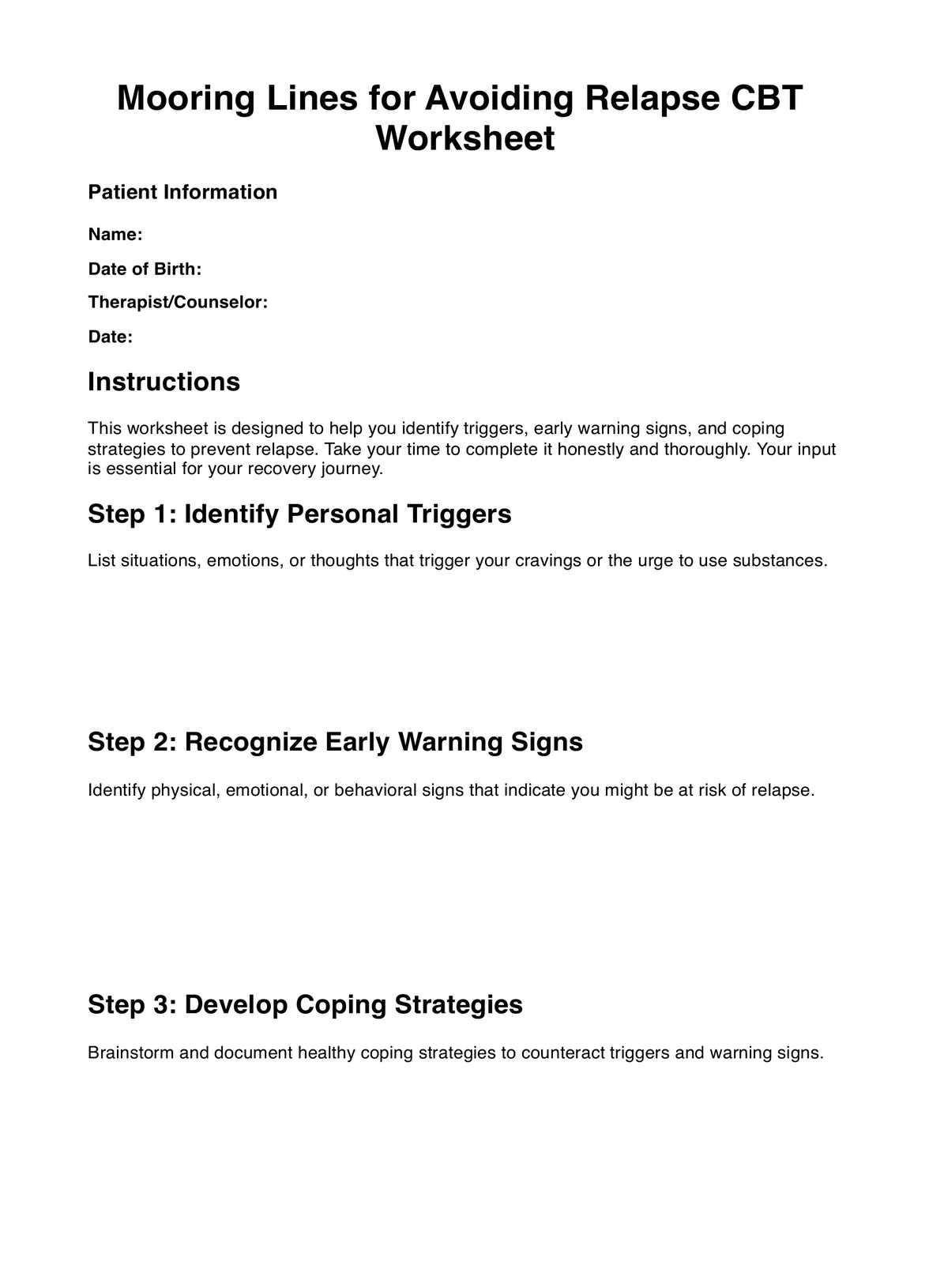
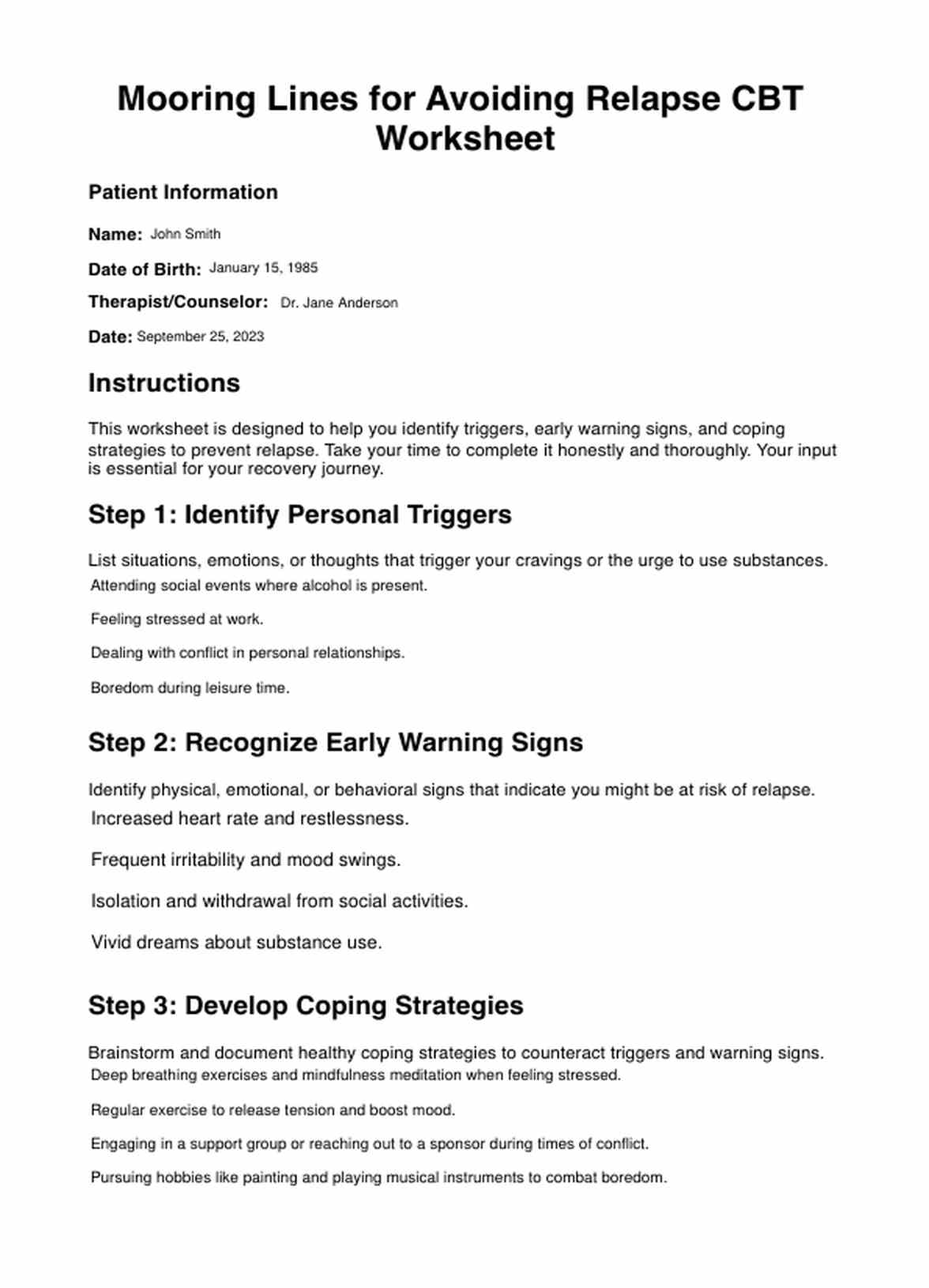















-template.jpg)


